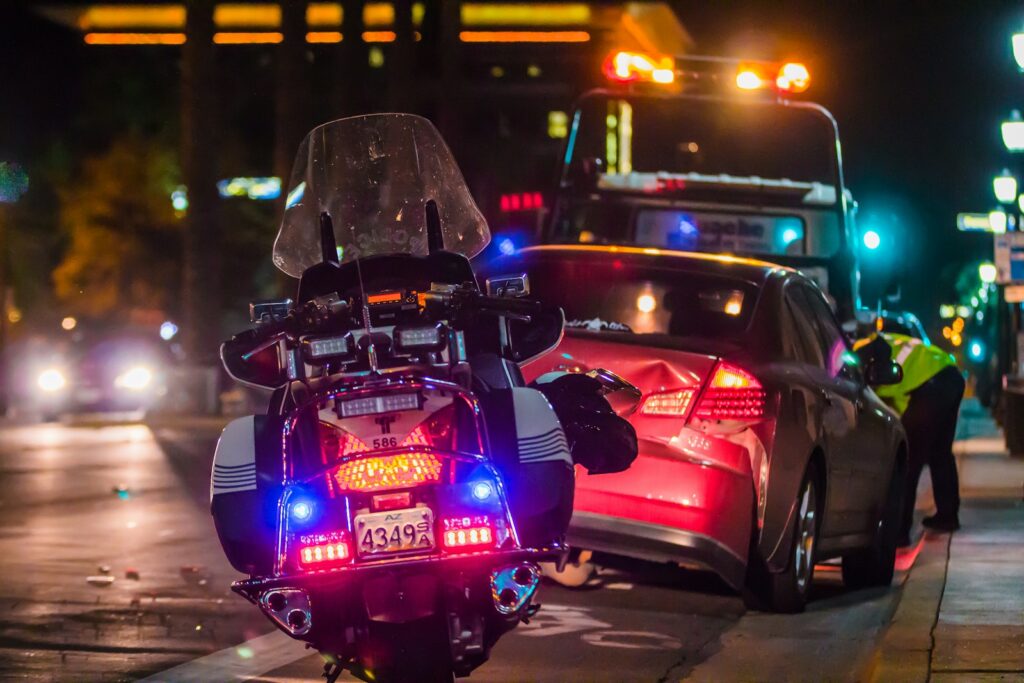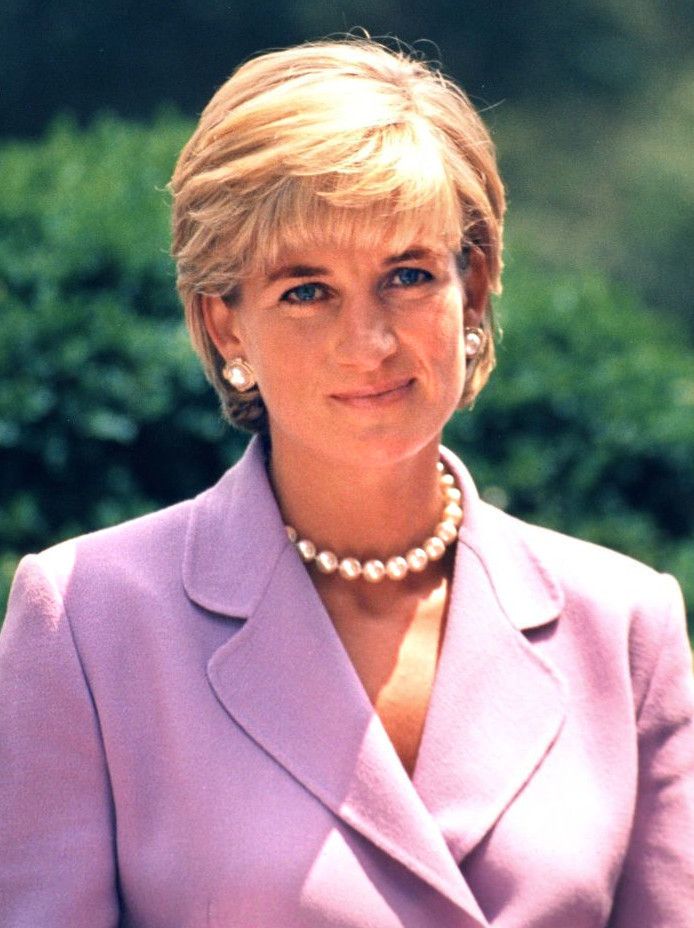
The enduring legacy of Princess Diana, who captivated the world with her grace, humanitarian efforts, and unique spirit, remains as potent today as it was in her lifetime. Her tragic death on August 31, 1997, sent shockwaves across the globe, bringing an abrupt and devastating end to the life of a woman beloved by millions. At just 36 years old, Diana’s untimely passing in a Paris car crash left an indelible mark on history, prompting a quarter-century of reflection, analysis, and remembrance.
Twenty-seven years on, the circumstances surrounding that fateful night continue to be meticulously examined, driven by a collective desire to understand every detail of her final hours. This article embarks on an in-depth exploration of those critical moments, drawing upon eyewitness accounts, expert analyses, and personal reflections to paint a comprehensive picture. From the initial horror witnessed by first responders to the medical struggle for her life, we uncover the factual intricacies and profound human stories embedded in the tragic narrative.
Our journey begins in the Pont de l’Alma tunnel, a site now synonymous with an immense tragedy, where a sequence of events unfolded that would forever alter the course of royal history and global public sentiment. Through the eyes of those who were there, and the evidence gathered since, we aim to illuminate the final chapter of a life that, though cut short, continues to inspire and resonate across generations. This detailed account seeks to honour her memory by piecing together the events that transpired on that devastating night in Paris.

1. **Dr. Frederic Mailliez: The First Responder’s Account**: Dr. Frederic Mailliez, a French doctor, was inadvertently thrust into the heart of a global tragedy on August 31, 1997. Driving home from a party, he came across the horrific scene in the Alma Tunnel: a smoking Mercedes nearly split in two. He was the first medical professional to arrive, and his immediate focus was on providing aid to the victims.
Twenty-five years later, Mailliez recounted the harrowing aftermath, stating to The Associated Press, “I realize my name will always be attached to this tragic night.” He felt “a little bit responsible for her last moments,” a sentiment that underscores the profound personal impact of that experience. His actions in the tunnel were driven solely by his medical oath, unaware of the identity of the woman he was trying to save.
His initial assessment was grim. He walked towards the wreckage, opened the door, and looked inside, seeing “Four people, two of them were apparently dead, no reaction, no breathing, and the two others, on the right side, were living but in severe condition.” His professional training kicked in instantly, prioritizing the most critical cases.
Mailliez’s commitment to his duty prevented him from recognizing the global icon before him. He later stated, “I know it’s surprising, but I didn’t recognize Princess Diana. I was in the car on the rear seat giving assistance. I realized she was very beautiful, but my attention was so focused on what I had to do to save her life, I didn’t have time to think, who was this woman.” His account offers a poignant glimpse into the immediate, unvarnished reality of the accident.

2. **The Scene of Devastation: Inside the Mangled Mercedes**: The car crash that claimed Princess Diana’s life was one of extreme violence, leaving the Mercedes in a state of severe wreckage. As Dr. Mailliez approached, he observed the vehicle smoking and nearly split in two, a testament to the force of the impact against the tunnel’s 13th pillar. The scene was one of chaos and profound injury.
Inside the mangled vehicle, Mailliez quickly assessed the occupants. The driver, Henri Paul, and Diana’s companion, Dodi Fayed, were “apparently dead, no reaction, no breathing.” Their lives had been extinguished almost instantly upon impact, a stark and immediate consequence of the high-speed collision.
Conversely, the two individuals on the right side of the car were “living but in severe condition.” The front passenger, Dodi’s bodyguard Trevor Rees-Jones, was “screaming” and “breathing,” indicating he was alive but in immense pain. His condition, though critical, suggested he could wait a few minutes for more immediate interventions.
Princess Diana, the female passenger, was in a particularly distressing state. Mailliez observed her “on her knees on the floor of the Mercedes, she had her head down. She had difficulty to breathe. She needed quick assistance.” This description paints a vivid picture of her vulnerability and the immediate danger to her life, highlighting the urgency of the medical intervention she required.

3. **Diana’s Initial Fight for Life: The Respiratory Bag and Unconsciousness**: Upon assessing Diana’s critical condition, Dr. Mailliez acted swiftly, understanding the immediate need for respiratory assistance. He quickly retrieved a respiratory bag from his car, returning to the wreckage to provide the life-saving support she desperately needed. His prompt action was critical in the unfolding emergency.
“She was unconscious,” Mailliez confirmed, detailing the severity of her state. He began administering aid with his respiratory bag, an intervention that brought a momentary improvement in her condition. “Thanks to my respiratory bag (…) she regained a little bit more energy, but she couldn’t say anything,” he recalled.
Despite this slight improvement, Diana remained unable to communicate, indicating the profound impact of her injuries. Mailliez’s priority was to stabilize her breathing and provide comfort amidst the terrifying scene. He focused entirely on the medical task at hand, trying to keep her alive while waiting for further emergency services to arrive.
As he worked, Mailliez attempted to offer reassurance, speaking in English after someone behind him mentioned the victims spoke the language. “I tried to comfort her,” he stated, embodying the compassionate side of emergency medicine even in the most chaotic and high-stakes environment. His efforts were a direct and personal battle against the encroaching shadow of tragedy.
4. **Paparazzi Presence: Cameras Flashing Amidst Tragedy**: Even amidst the horrific scene of the car crash, the pervasive presence of the paparazzi was undeniable. As Dr. Mailliez diligently worked to save Princess Diana’s life, he could not help but notice the “flash of camera bulbs,” a chilling detail that underscores the relentless pursuit that had characterized Diana’s life. These photographers were gathered to document the tragic event, transforming a private catastrophe into a public spectacle.
A British inquest later found that Diana’s chauffeur, Henri Paul, was drunk and driving at a high speed specifically “to elude pursuing photographers.” This finding links the aggressive tactics of the paparazzi directly to the circumstances that led to the crash, although their actions immediately after the accident were distinct from their role in the chase.
Mailliez, however, expressed “no reproach” toward the photographers’ actions once the crash had occurred. He clarified that “They didn’t hamper me having access to the victims. … I didn’t ask them for help, but they didn’t interfere with my job.” His testimony provides a nuanced perspective, distinguishing between the pursuit leading to the crash and the immediate aftermath at the scene.
Despite their non-interference in his direct medical duties, the flashing cameras represented the continuation of an invasive presence that had plagued Diana for years. The images captured in those moments would later become a highly controversial aspect of the tragedy, raising ethical questions about media conduct at scenes of profound human suffering.

5. **Firefighter Xavier Gourmelon and Diana’s Last Words**: Firefighter Xavier Gourmelon was another crucial first responder at the scene of the crash, racing to provide assistance to the victims. He became a significant figure in the narrative of Diana’s final moments, particularly for his direct interaction with the princess. Gourmelon was among those who found Diana alive, albeit severely injured, in the wreckage.
Gourmelon recounted giving Princess Diana CPR at the scene. He “massaged her heart and a few seconds later she started breathing again.” This intervention filled him with a sense of hope and accomplishment. “It was a relief of course because, as a first responder, you want to save lives — and that’s what I thought I had done,” he told The Sun two decades after the event.
During this critical period of regained consciousness in the back of the car, Princess Diana allegedly uttered her final words. According to Gourmelon, she asked him: “Oh my god, what’s happened?” before becoming temporarily agitated and then losing consciousness again. This poignant question encapsulates the confusion and terror of her last conscious moments.
Gourmelon’s account is particularly striking because he initially believed Diana would survive. “To be honest I thought she would live. As far as I knew when she was in the ambulance she was alive and I expected her to live. But I found out later she had died in hospital. It was very upsetting.” The memory of that night, and her last words, he affirmed, “will stay with me forever.”
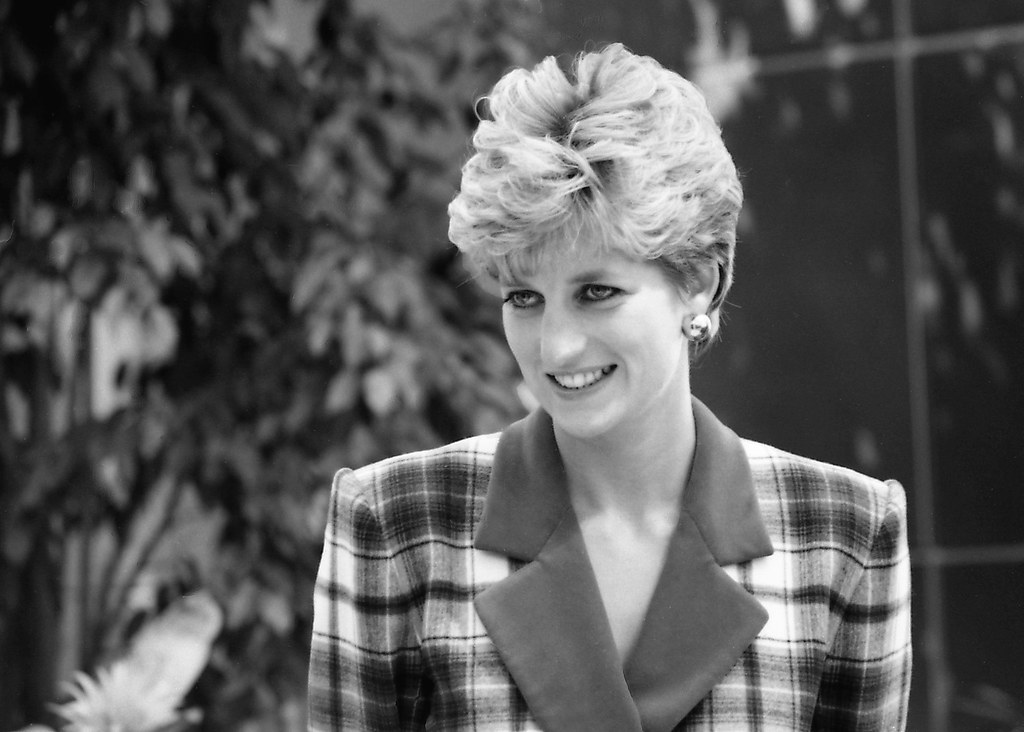
6. **A Race Against Time: The Critical Hours of Diana’s Survival**: While the public perception might suggest an immediate death at the crash site, Princess Diana, in fact, survived for approximately 3.5 hours after the collision. The tragedy unfolded rapidly, with the car losing control at 12:23 a.m. on August 31, 1997, after leaving the Ritz hotel through its back door to evade the paparazzi.
Emergency services arrived swiftly, with rescue workers, including firefighter Xavier Gourmelon, at the scene by 12:33 a.m. Dr. Frederic Mailliez followed shortly after, arriving at 12:45 a.m. The initial assessment confirmed Diana was conscious but agitated, suffering from severe injuries that were not immediately visible externally.
A critical decision was made on-site regarding her treatment and transport. The onboard medic, Jean-Marc Martino, was concerned that Diana was too fragile for immediate transportation. Consequently, she was treated for more than 30 minutes at the scene, an extended period aimed at stabilizing her condition before the ambulance could finally depart at 1:40 a.m. This careful approach highlights the severity and complexity of her trauma.
Despite the rapid response and dedicated efforts, the journey to the La Pitié-Salpêtrière hospital in southwest Paris was itself a race against time, with Diana finally arriving at 2:06 a.m. After almost two hours of emergency surgery, the princess tragically suffered another cardiac arrest. Surgeons could not resuscitate her, and she was pronounced dead at 4 a.m., marking the devastating conclusion to a night of desperate struggle.
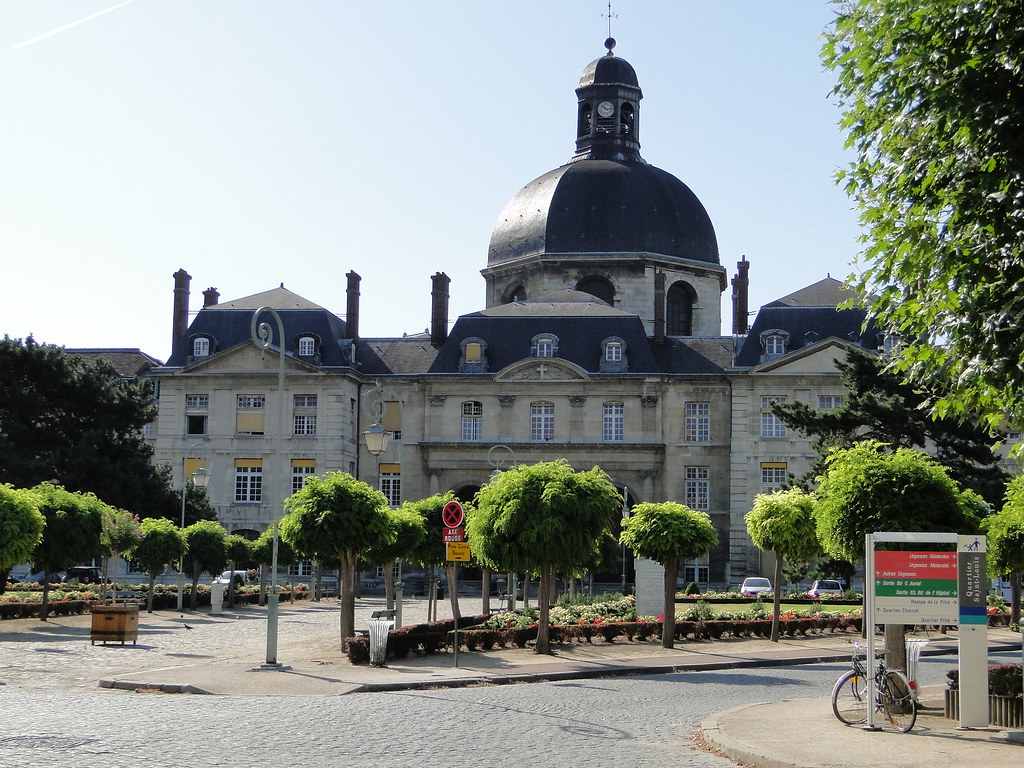
7. **The Unseen Wounds: Diana’s Internal Injuries**: To the first responders at the scene, Princess Diana appeared to have no visible external injuries, a detail that initially offered a false sense of hope. Firefighter Xavier Gourmelon, for instance, noted that she “looked uninjured at the time,” and medic Frederic Mailliez focused on her breathing difficulties rather than obvious external trauma. This appearance, however, masked the catastrophic damage sustained internally.
The reality of her condition was far more severe than outward appearances suggested. While there were some observable injuries, such as a dislocated collarbone and a fractured rib and arm, these were minor compared to the main cause of her death. The true extent of the trauma lay hidden beneath the surface, impacting vital organs.
The primary and fatal injuries were concentrated in her chest and lung. This severe internal damage led to massive internal bleeding, which critically compromised her circulatory system. The rapid and significant blood loss ultimately caused her heart to fail, leading to the cardiac arrest from which she could not be revived.
Her death at 4 a.m. at the Pitié-Salpêtrière Hospital, after nearly two hours of emergency surgery, underscored the severity of these internal injuries. Despite the tireless efforts of medical professionals, the internal trauma was too extensive, highlighting the brutal efficiency with which the impact claimed her life, even as she initially fought for breath.
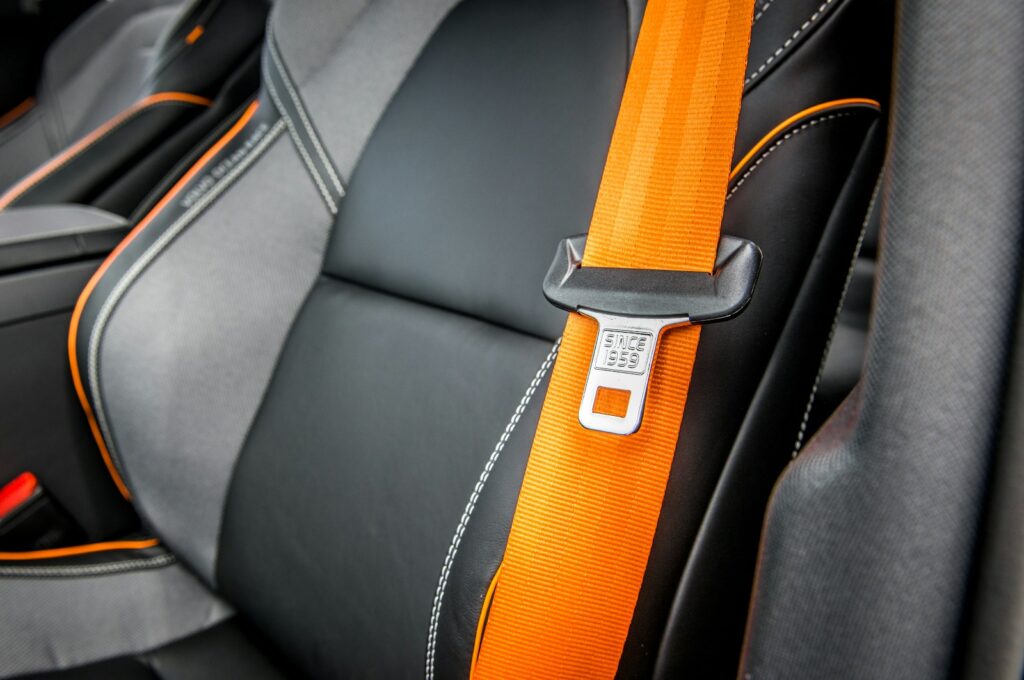
8. **The Overlooked Lifesaver: The Seatbelt Debate**: The aftermath of Princess Diana’s tragic accident brought forth extensive discussion regarding a seemingly minor detail: the absence of seatbelt use. This crucial factor has become a significant point of reflection, suggesting how a simple safety measure could have dramatically altered the outcome for some occupants. The tragic irony of such a preventable element underscores the profound impact of individual choices.
David Douglas, a former senior officer in the Metropolitan Police, notably asserted that seatbelts could have been a lifesaver. He claimed in 2022 that “If they had been wearing seat belts … there was probably an 80% chance that they would have survived the accident.” This stark figure underlines the potential impact of this decision, suggesting non-fatal injuries instead.
The “no-seat-belt habit,” common in certain circles including the royal family at the time, had devastating consequences. The high-speed collision amplified the risk, making restraint a critical factor in mitigating the severity of the impact. This particular detail serves as a poignant reminder of basic safety protocols, adding a layer of sorrow to an already deeply regrettable event.
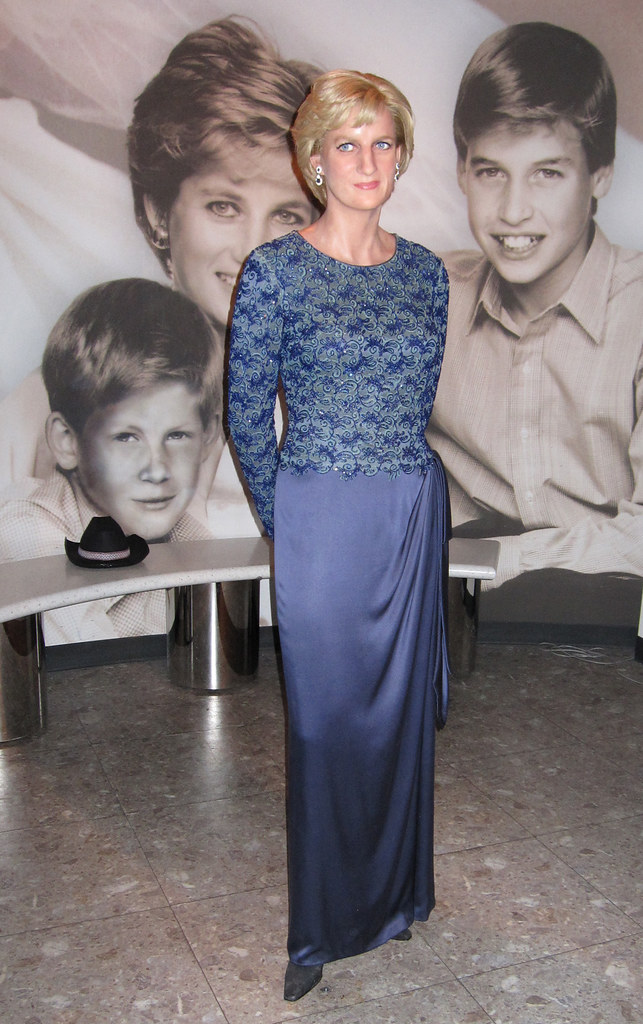
9. **The Unseen Images: Paparazzi’s Controversial Legacy**: The relentless paparazzi pursuit that preceded Princess Diana’s fatal crash continued even in its horrific aftermath, sparking enduring ethical controversies. As first responders worked to save lives, “the flash of camera bulbs” was undeniably present. These photographers transformed a private catastrophe into a public spectacle, raising immediate questions about journalistic ethics.
Images of the dying princess, trapped within the mangled Mercedes, were reportedly captured through the car windows. These highly intrusive photographs were then offered for purchase to media outlets. However, no media organization bought or published these disturbing visuals, a decision reflecting a collective, albeit delayed, moral reckoning within the industry.
Despite non-publication, pixilated versions of these controversial images were later presented to the jury during Diana’s inquest in 2007. This limited exposure highlighted their graphic nature without exposing the public to their full horror. The very act of taking and marketing these pictures solidified a darker aspect of the paparazzi’s legacy connected to Diana’s death.
The controversy extended into public discourse, notably with a Channel 4 documentary on the 10th anniversary. This broadcast, containing graphic images, faced strong opposition from Princes William and Harry. After modifications, including blurred images and omitted pictures of the deceased, the documentary aired, featuring firsthand accounts and bringing difficult truths to public view.
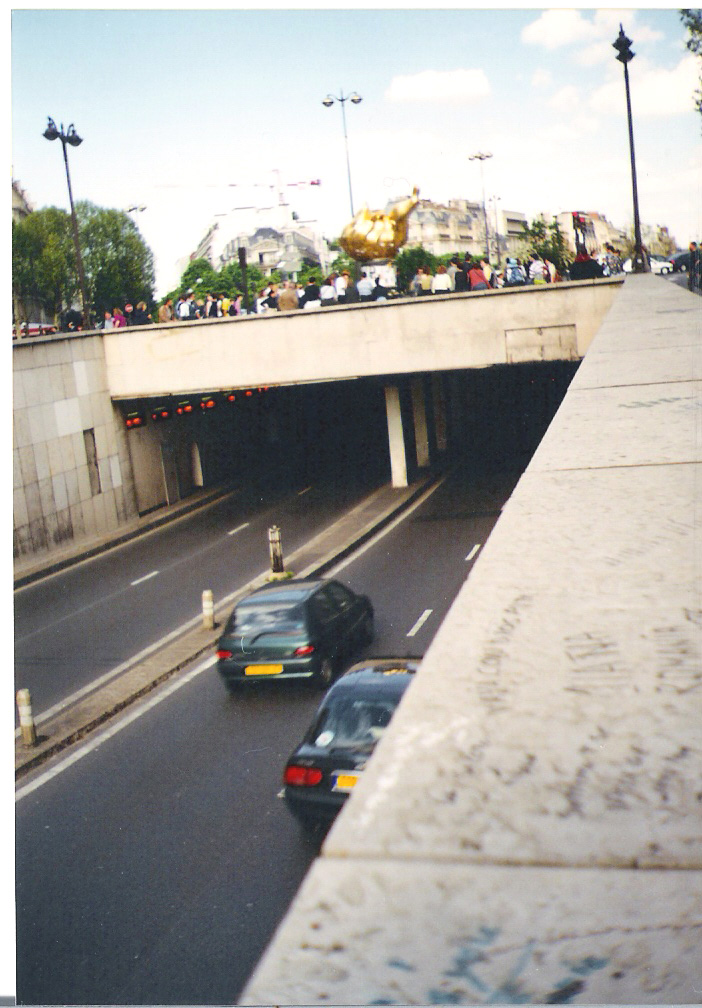
10. **Dodi Fayed’s Immediate Fate: A Silent Tragedy**: In the chaos of the Alma Tunnel crash, the fates of the occupants unfolded with stark differences. While Princess Diana fought for breath and survived for several hours, her companion Dodi Fayed, along with driver Henri Paul, suffered an instantaneous and profound loss of life. Unlike Diana, there were no documented “last words” or prolonged struggle for Dodi, rendering his final moments a silent tragedy.
First responders like Dr. Frederic Mailliez confirmed this grim reality upon his initial assessment. He observed Dodi Fayed and Henri Paul as “apparently dead, no reaction, no breathing.” Their lives were extinguished almost instantly, a direct and devastating consequence of the high-speed impact. The force of the collision left no room for intervention or a desperate fight for survival for these two.
The lack of personal accounts or detailed recollections of Dodi’s final moments contrasts sharply with testimonies regarding Diana. His death, alongside the driver’s, occurred so swiftly that there was no opportunity for conscious interaction or recorded expressions. This immediate fatality underscores the brutal efficiency with which the accident claimed his life, leaving little narrative beyond the facts of his passing.
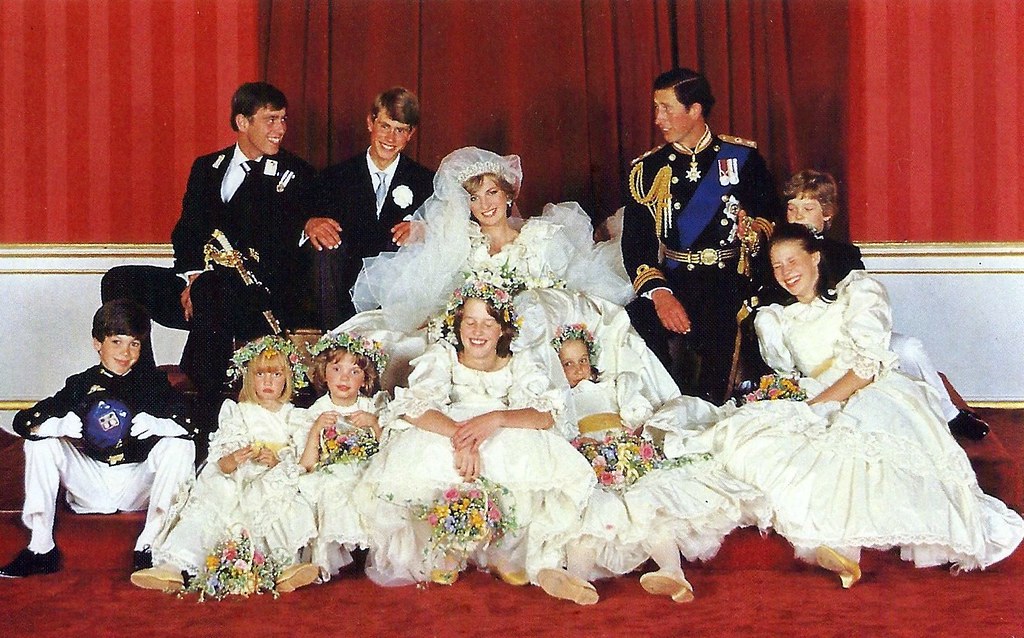
11. **A Mother’s Last Call: William and Harry’s Enduring Regret**: Among the most poignant details surrounding Princess Diana’s death is the revelation of her last conversation with her sons. Just hours before the fatal crash, Diana telephoned Prince William and Prince Harry from Paris while they were at Balmoral Castle. This seemingly ordinary call, tragically, would be their final exchange, leaving both princes with profound and lasting regret.
Prince William, then 15, openly spoke about the brevity of that call. He recalled being “eager to get back to playing around and ‘having a very good time'” with his cousins, leading him and Harry to cut the conversation short. This action has haunted him, stating, “If I’d known that that was the last time I was going to speak to my mother, the things I’d have said to her.” Harry, then 12, shared similar sentiments: “All I do remember is regretting for the rest of my life how short the phone call was.” The weight of this unremembered conversation and the missed opportunity remains an “incredibly hard” burden.
While popular culture has attempted to “recreate” this final phone call, depicting discussions and promises, these portrayals are speculative. The true reality for William and Harry is a painful void of specific memories, overshadowed by grief and the knowledge that their rushed goodbyes were, unbeknownst to them, truly final.
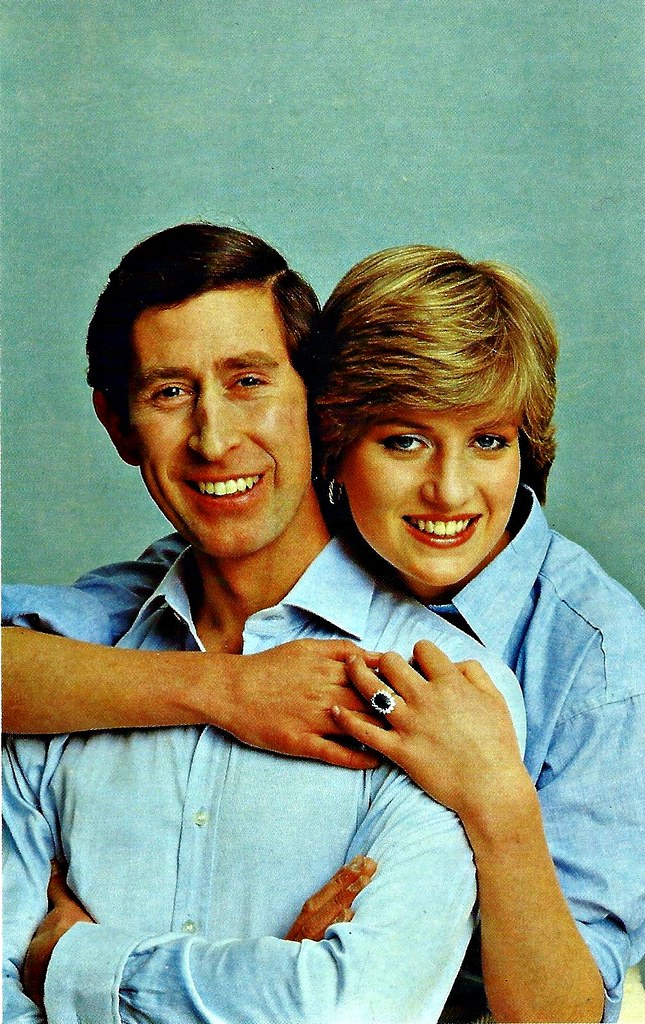
12. **An Unexpected Détente: Diana and Charles’s Evolving Relationship**: The public narrative surrounding Princess Diana and King Charles III often focused on the acrimony of their highly publicized divorce. However, the period leading up to Diana’s death revealed a surprising evolution in their relationship, transforming their dynamic from bitter exes to something akin to friendship. This shift, largely unknown to the public, painted a more complex picture of their final months.
Tina Brown, author of *The Diana Chronicles*, provided crucial insights into this unexpected détente, revealing that “At the end of Diana’s life, she and Charles were on the best terms they’d been for a very long time.” She detailed how Charles would visit Diana at Kensington Palace for tea and “some laughs together,” aided by their sons being older and a mutual focus on philanthropic work. This was corroborated by Diana’s spiritual healer Simone Simmons, who claimed Diana never wanted the divorce and “always loved him,” and astrologer Debbie Frank, stating Diana loved Charles “till her dying day.”
Royal expert Hugo Vickers affirmed this mellowing, describing their relationship as having settled onto “a more civilized plain,” driven by mutual concern for their sons and the absence of custody disputes. Charles’s personal decision to travel to France, against advice, to bring Diana’s body back to the UK, further underscored the evolving nature of their bond and his respect for her, even in death.
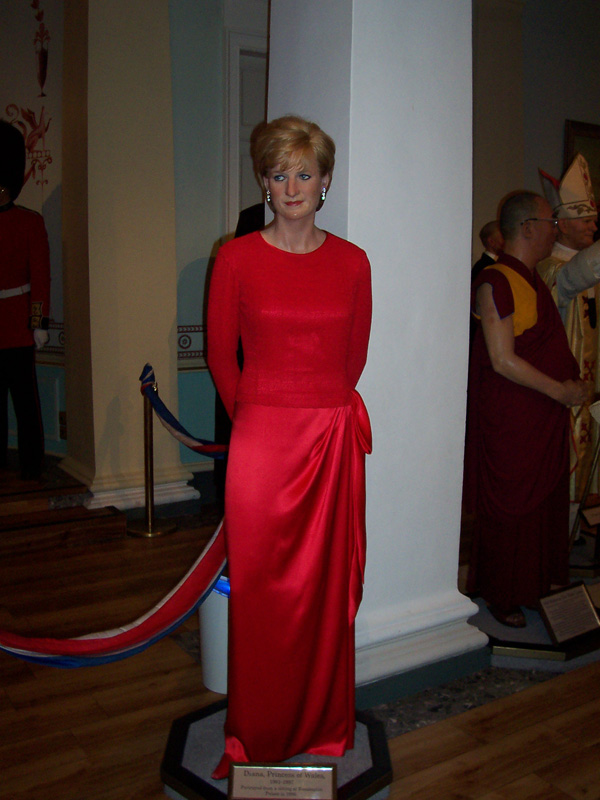
13. **Beyond the Official Narrative: Unanswered Questions and Emerging Theories**: Despite multiple official investigations, Princess Diana’s death remains subject to lingering questions and alternative theories, challenging the widely accepted accident narrative. Decades later, skepticism persists, fueling a desire for clarity beyond official presentations and reflecting a deep public need for closure.
Journalist Tom Sykes, The Daily Beast’s royal correspondent, recently declared he no longer accepts the official version of events. Sykes argues too many anomalies preclude the accident story from being fully convincing. He highlights inconsistencies regarding driver Henri Paul: toxicology tests showing high carbon monoxide levels, yet CCTV depicted him “steady and composed.” Further, Diana’s body was embalmed within hours, destroying possibilities for further tests, and ten CCTV cameras along the route were mysteriously “out of commission.”
The enigmatic white Fiat Uno, which collided with the Mercedes, forms another critical puzzle piece. Later linked to photographer James Andanson, found dead in a burnt-out car, Sykes speculates this second vehicle, possibly driven by a “security operative,” destabilized Diana’s driver. He theorizes this collision might have triggered airbags, obscuring Paul’s view, or created a “chaotic moment of panic” leading to the crash.
Prince Harry reportedly rejected official explanations, describing the inquest verdict as “a joke” in his memoir. Sykes believes a “powerful group of insiders in the British security services” may have orchestrated Diana’s death without royal consent. He posits this group viewed Diana as “a grave threat to the monarchy and the wider establishment” given her public statements and potential future actions.
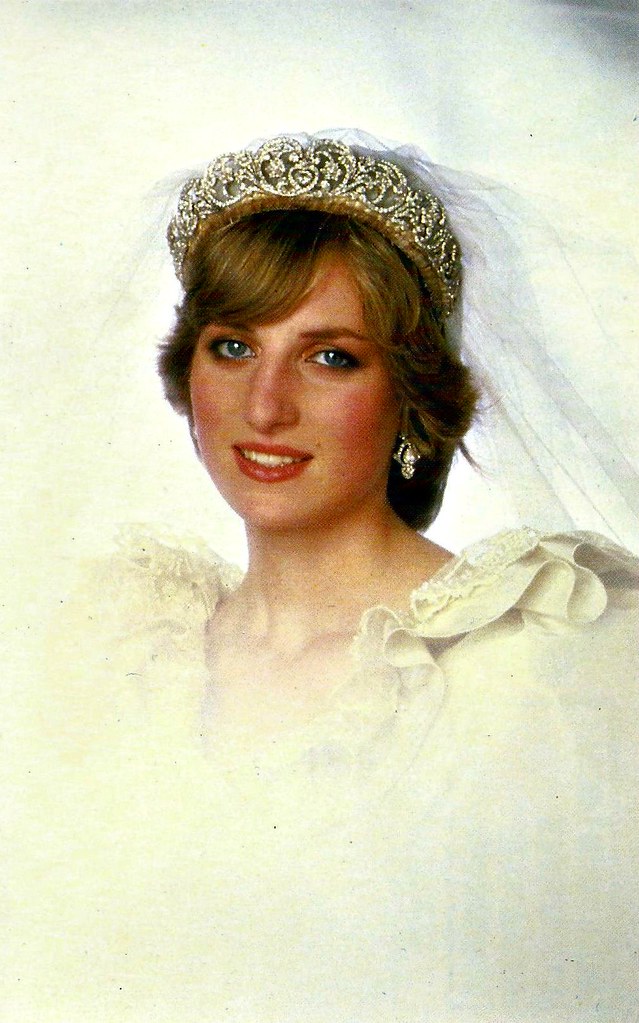
14. **Diana’s Enduring Legacy: A Timeless Icon**: More than two decades after her untimely death, Princess Diana’s influence endures, cementing her status as a timeless icon who continues to captivate and inspire new generations. Her memory resonates powerfully with younger audiences, testament to a legacy that transcends time and societal shifts.
Diana remains a potent symbol of emancipation and a fashion icon, reinforced by contemporary media. Irinia Ouahvi, a 16-year-old Parisian, knows Diana through “TikTok videos and through her mother,” admiring her as a feminist who “challenged royal etiquette.” Francine Rose, a Dutch 16-year-old, found her “an inspiration because she was evolving in the strict household… and just wanted to be free.”
The Flame of Liberty monument in Paris, near the Alma Tunnel, has spontaneously become an unofficial memorial site. It draws “Diana fans of all generations and nationalities,” who gather to pay respects and reflect on her life. This continuous pilgrimage underscores the deep personal connection millions feel, transforming a public landmark into a sacred space of remembrance.
Her ability to transcend her royal role, connecting through humanitarian work and personal vulnerability, is a cornerstone of her lasting appeal. Her challenges to monarchy protocols, combined with innate grace and compassion, carved an indelible space in collective memory. Her legacy continues to be one of profound inspiration, reminding the world of the “People’s Princess.”
Princess Diana’s life, though tragically cut short at 36, left an immeasurable impact, a legacy that continues to resonate across the globe. From the harrowing minutes after the crash to the lingering questions and evolving understanding of her relationships, every facet of her final chapter speaks volumes. She remains a powerful symbol of resilience, compassion, and individuality. As we reflect on that fateful night in Paris, her memory urges us to ponder the complexities of fame, the responsibility of media, and the enduring power of a life lived with purpose. Her story continues to remind us of the enduring spirit of a woman who, even in death, remains the People’s Princess.

